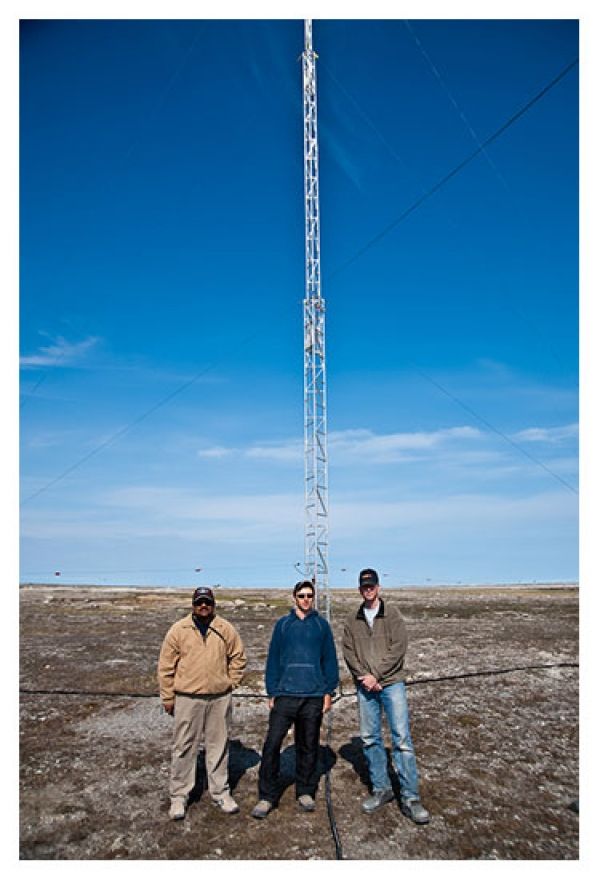Physicists from the University of New Brunswick’s Radio Physics Lab have developed a new model that will help Canada monitor activity in the arctic and improve arctic communications.
The Empirical Canadian High Arctic Ionospheric Model (E-CHAIM) is the first phase of the UNB Radio Physics Lab’s $1.2-million All Domain Situational Awareness Program contract with Defence Research and Development Canada. Dr. P. T. Jayachandran, UNB physics professor and principal investigator for the Canadian High-Arctic Ionospheric Network, is leading the project. Dr. David Themens, who was a graduate student at the physics department of UNB, is leading the development of the model.
“Due to the receding and thinning of arctic sea ice, the arctic has become more accessible year-round,” says Dr. Jayachandran. “This accessibility has caused an increase in commercial, industrial, and defence traffic. But disturbances in the ionosphere can cause flights to be re-routed and can inhibit proposed radar systems that would monitor this traffic.”
Continue reading at University of New Brunswick.
Image via University of New Brunswick.


